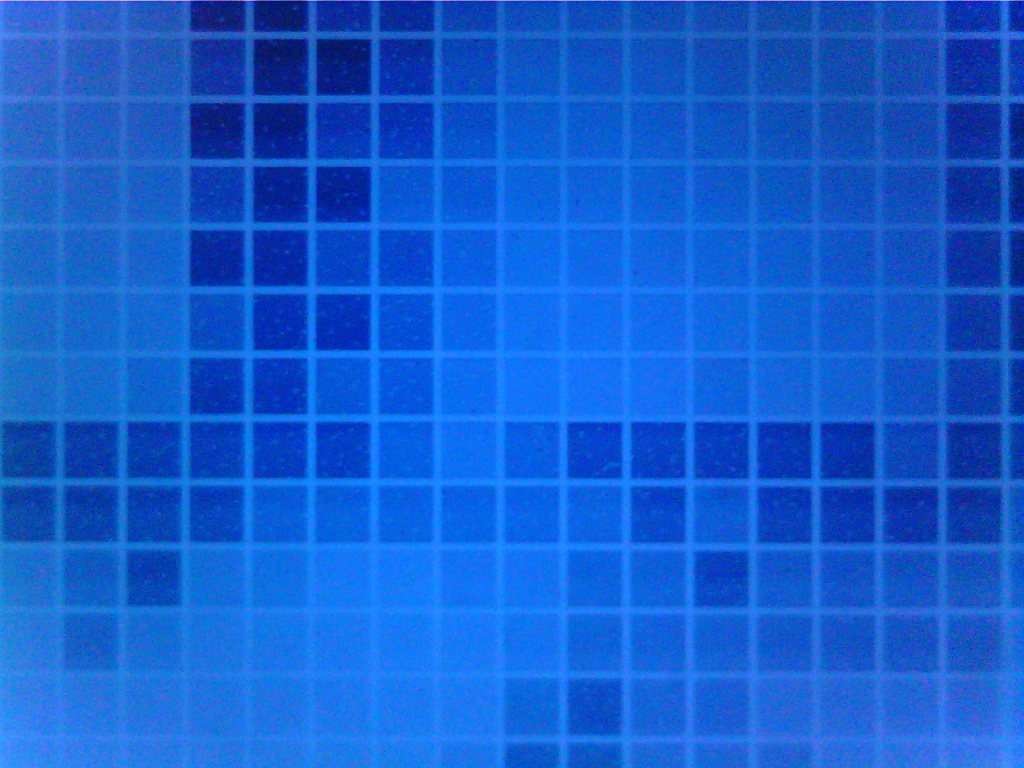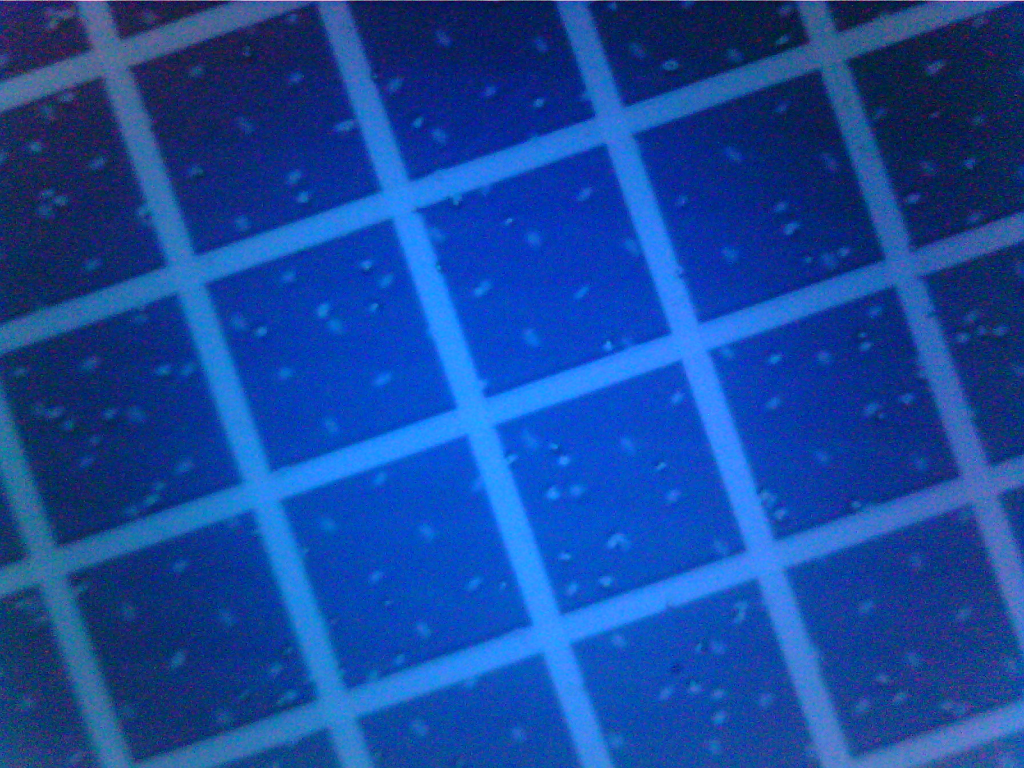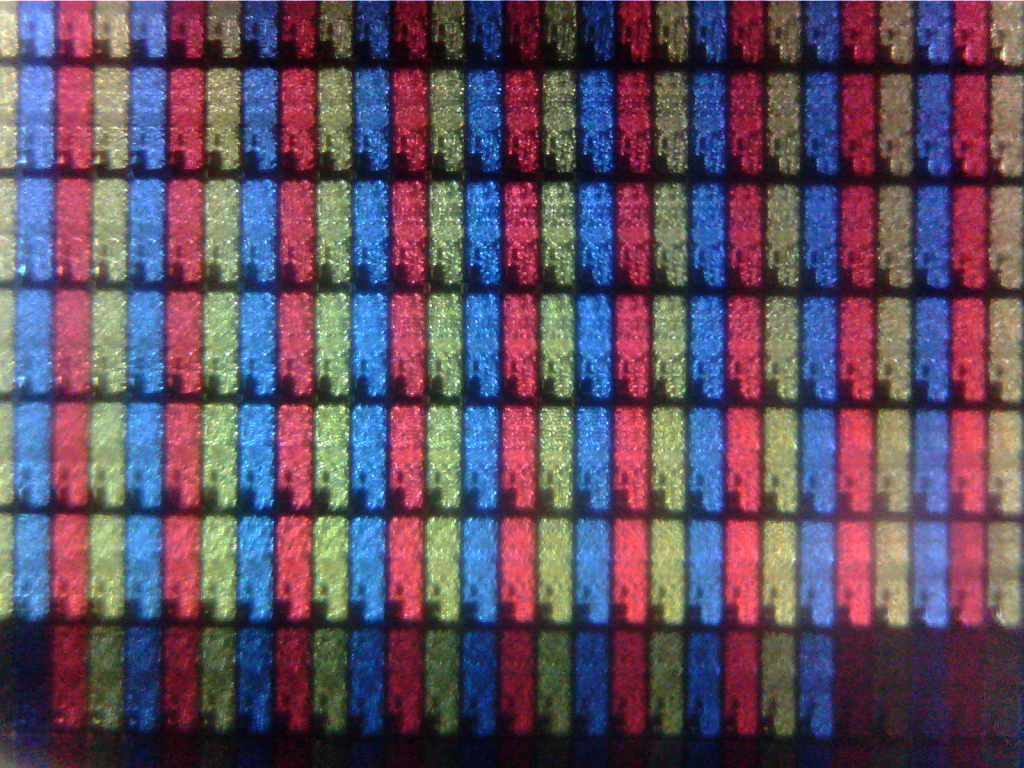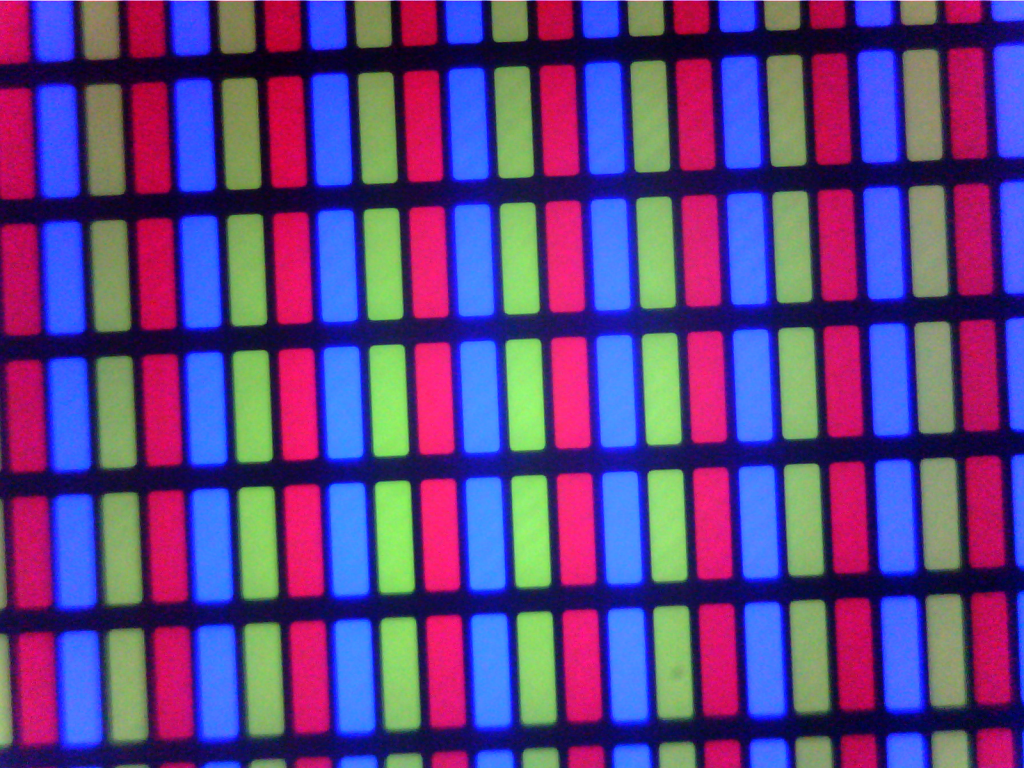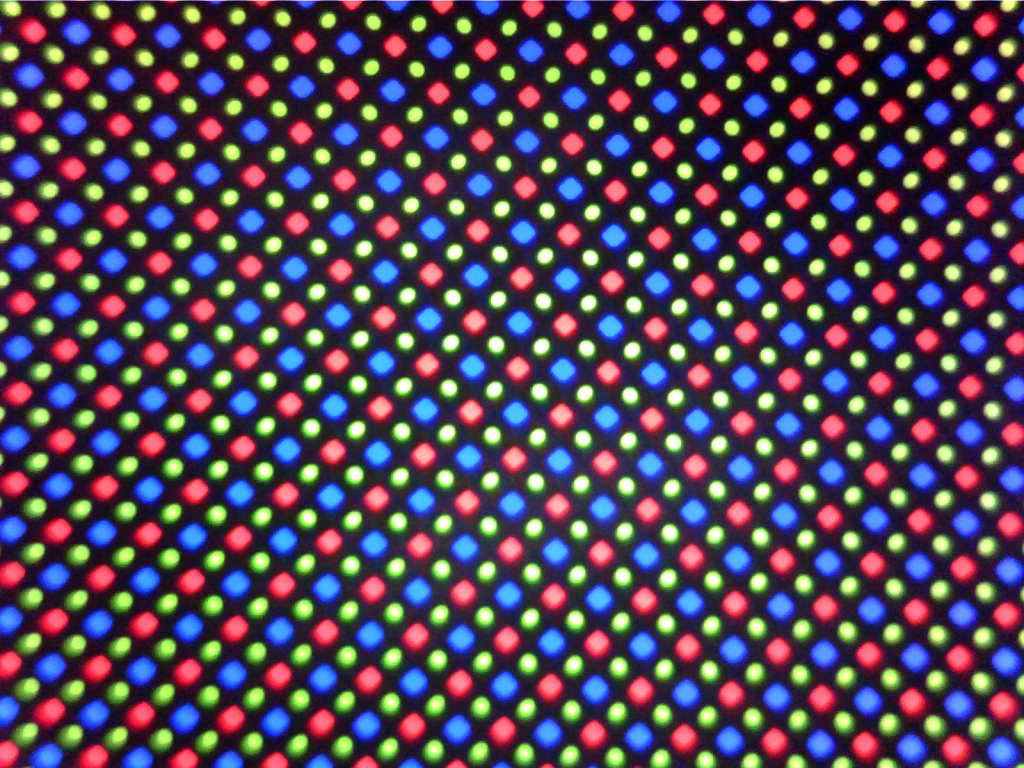So I'm experimenting with this awesome player and I have a couple questions.
I've hooked up a simple cmos clock up to the controller and found that hooking it straight up to the brown and yellow wires works. I couldn't really tell what pin on the shift register you had the clip connected to, and while prodding around I found the out wire (yellow) made it work for me.
Which leads me to my question... Is that going to distort the timing at all away from the nanoloop standard? is the shift register actually doing anything, or can I just ditch the controller and use the raw wire?
On a side note, you were right about the functions that wouldn't work with the MML NSFs. play/stop/reset/song change work fine. Nothing else does though, which I'm 100% ok with. One thing I'm battling with is these nsfs are conflicting with the ram location of the sprites.

